Journal data
- ISSN: 2224-235X
- E-ISSN: 2304-2265
- Format: electronic / Open Access
- Frequency: semi-annual publication / early published
- Peer review system: double anonymized review
- Charges: no
Manuscripts submitted to journal Correspondencias & análisis must of have the following structure:
The names of radio and television programs will be enclosed in quotation marks.
I) Initial part of the manuscript (first page):
1. Título:
• Synthesizes the main idea of the scientific article in a clear, precise and informative way, without questions or interjections. In Spanish and English.
• In sentence format, in highs and lows, in a single sentence if possible, without quotation marks, without a full stop.
Example:
| Análisis descriptivo exploratorio sobre modelos de negocio en los nuevos medios: estrategias y retos Exploratory Descriptive Analysis About Business Models in New Media: Strategies and Challenges |
2. Authors:
• Start with the person responsible for the research, writing names, paternal and maternal surnames. If more than one author has participated in the research, put them in the sequence that the research team has decided, maintaining the same characteristics of names and surnames, email: attaching the institutional email and indicating the corresponding author of the manuscript.
• ORCID code: Enter the Orcid code (mandatory).
• Institutional affiliation: Identifies the university and/or institution, followed by the country of the authors. If the authors are of different affiliations (first place the name of the department to which they belong followed by a comma the name of the university).
Examples:
| Jesús Miguel Flores-Vivar Correspondencia: jmflores@ccinf.ucm.es https://orcid.org/0000-0003-1849-5315 Universidad Complutense de Madrid, España |
• If there is more than one author, they must be separated one below the other.
| a) Julio César Hernández-Pajares Correspondencia: julio.hernandez@udep.edu.pe https://orcid.org/0000-0002-7481-2912 Universidad de Piura, Perú b) Camilla García Biel camillaelizabeth.garciabiel@edhec.com https://orcid.org/0000-0002-7663-6211 Universidad de Piura, Perú |
4. Resumen y abstract
• In the summary and abstract, the writing must be between 180 to 200 words in one paragraph in Spanish and the other in English.
• It must be concise and must indicate: Background, Objectives, Methodology, Results and Conclusions.
Example:
Background: This research describes the professional profile of journalists who work in newsrooms that are pioneers in data analysis in Peru: Ojo Público and Convoca, as digital native media, and El Comercio Data and La República Data, as part of the traditional media. To achieve this objective, and through a mixed approach, the bosses, coordinators or directors are interviewed and questionnaires are applied to the journalists of said media.The results show that journalists follow the methodology of data journalism, consisting of seven work phases: collect, clean, contextualize, combine, analyze, verify and communicate the data, and use technological tools in each of them with a level of skill that, mainly, is not expert.Concluding that, most of their knowledge was acquired self-taught, thus evidencing a lack of specialization of data journalism in Peruvian higher education. |
5. Palabras clave y keywords
• Keywords comprise 05-07 terms that must be taken from the Tesauro de la UNESCO.
• It begins with a lowercase letter, is separated by a comma (,) and ends with a period, usually terms that are frequently used, specific and relevant to the topic to be addressed. This will be followed by the keywords, which are English translation of the keywords.
Ejemplo:
Palabras clave: periodista de datos, periodismo de datos, herramientas tecnológicas, medios de comunicación, datos masivos, perfil profesional |
Keywords: data journalist, data journalism, technological tools, mass media, big data, professional profile. II) Contenido del manuscrito
• The articles must have the following structure:
|
a) Introducción (no se considera como subtítulo). d) Discussion y/o conclusiones Se derivan exclusivamente de los resultados y son una síntesis de los mismos, elaborada de forma clara y breve. Se pueden elaborar recomendaciones para la teoría y la práctica profesional, así como sugerencias para futuras investigaciones. e) Conflicto de intereses Se debe señalar si existe conflictos de intereses por parte del autor o los autores. f) Responsabilidad ética Los artículos publicados están sujetos al cumplimiento de los principios éticos. Los artículos aceptados para ser publicados, que presentan resultados de investigaciones en los que se incluyen a seres humanos, deben de presentar la información del cumplimiento integral de los principios éticos y el consentimiento informado. g) Contribución de autoría Si en la investigación ha participado más de un autor se debe de especificar con precisión cuál ha sido su contribución de cada uno de los autores en el proceso de elaboración de la investigación. A su vez, indicar quien va hacer el autor corresponsal y adjuntar su correo institucional. h) Financiamiento En caso que el estudio haya recibido apoyo financiero debe especificarse la institución que realizó dicho financiamiento. i) Statement on the use of LLM This article has not used texts from LLM (ChatGPT or others) for its writing. / This article has used [name of tool] in the terms established by APA 7. j) Referencias Las fuentes consultadas deben seguir la norma de la IEEE y tienen que superar los 20 (veinte) títulos en sus distintas modalidades de literatura: libro, capítulo de libro, artículo en revista, resumen de artículo, artículo de revista de investigación, diccionarios, ponencias de congresos, tesis, páginas de Internet, entre otros. k) Anexos (opcional) Es opcional, se incluyen solo si estos ayudan a los lectores a comprender el estudio, debe tener numeración correlativa y título. Todos los anexos deben estar referenciados en el documento y se presenta al final del manuscrito. Tablas, figuras e imágenes: Deben estar titulados y enumerados (encabezado), detallándose su origen y fuente (pie). Su función es explicativa, clarificando el texto. Todos los capítulos y subcapítulos que presente el artículo obedecerán a un orden numérico (1.1., 1.2., 1.2.3., 1.2.3.1) con un máximo de 4 (cuatro) numerales arábigos. No se aceptarán subapartados con letras del alfabeto o con viñetas. Las figuras, tablas o gráficos de diversa índole deberán contar con sus respectivos encabezados y pies de página. |

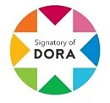 |
2.png) |
 |
 |
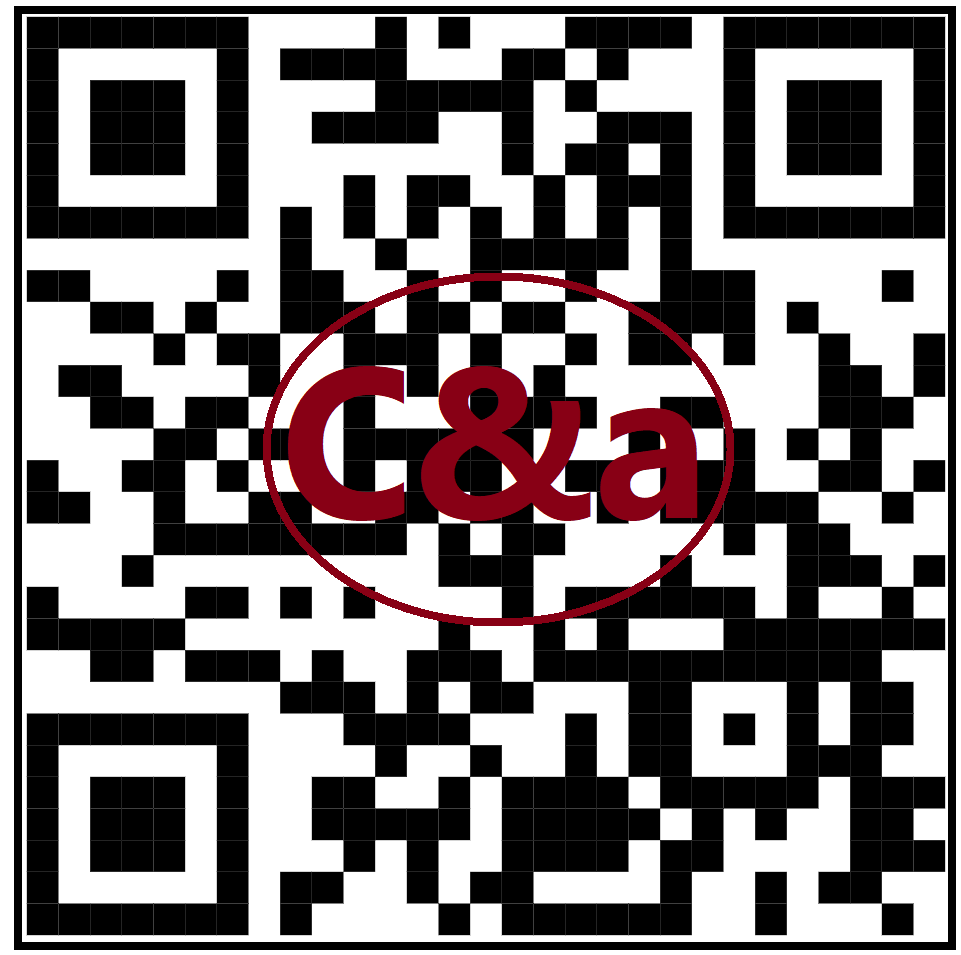

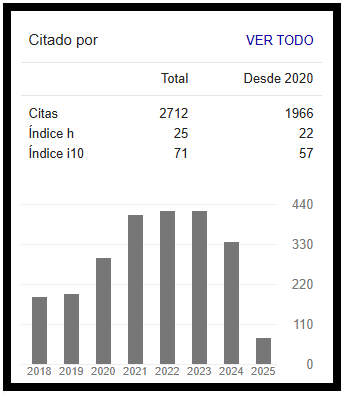
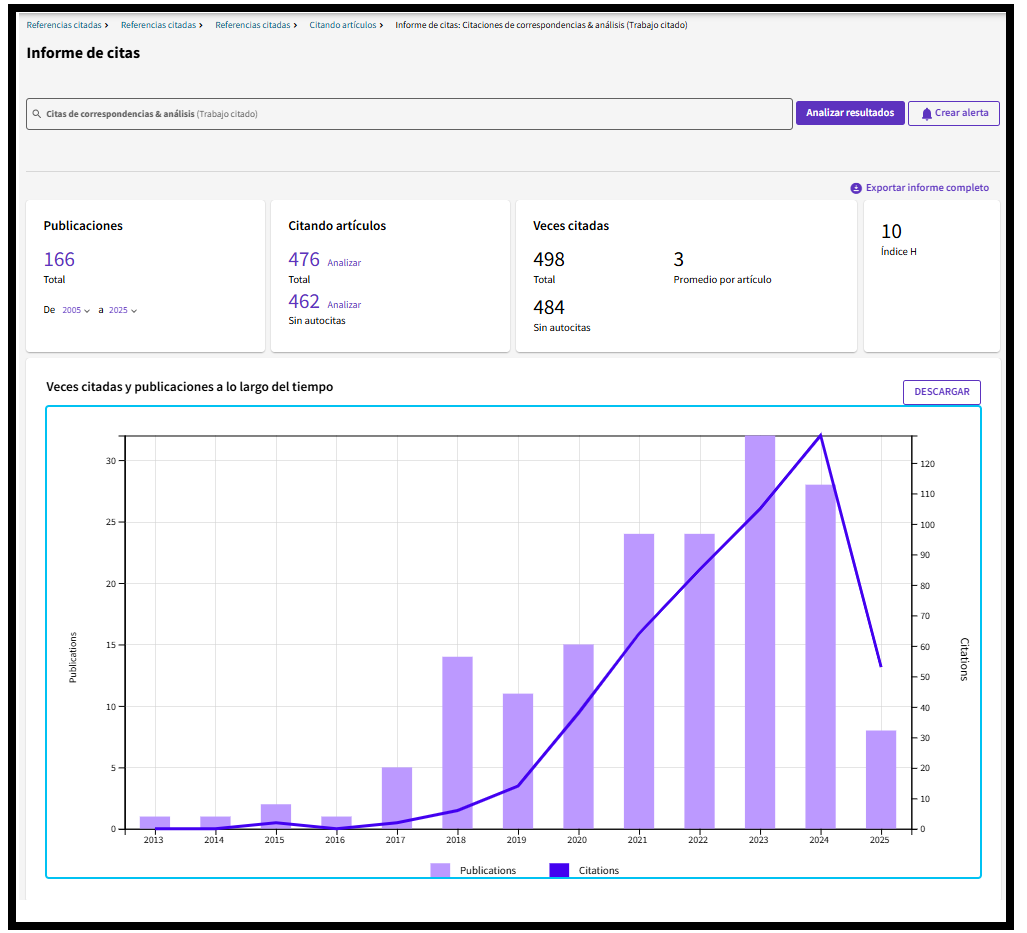
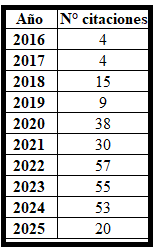
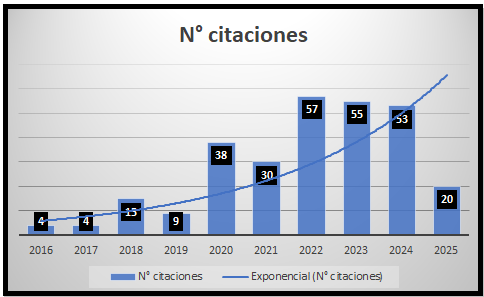
 Licencia Creative Commons Atribution 4.0 International (CC BY 4.0)
Licencia Creative Commons Atribution 4.0 International (CC BY 4.0)
Address: Av. Tomás Marsano Nº 242, Surquillo. Lima - Perú
Phone: (51-1) 513-6320 - Extension: 2190
E-mail: revista_cya@usmp.pe
Web: https://ojs.correspondenciasyanalisis.com/index.php/Journalcya
DOI: https://doi.org/10.24265/cian
ISSN: 2224-235X (Print)
2304-2265 (Online) 
